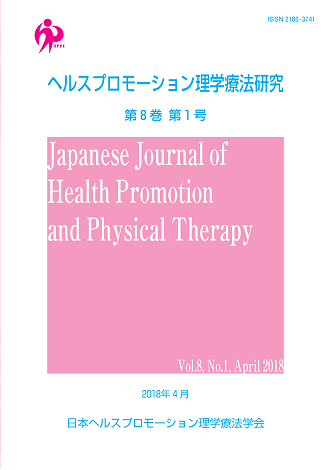Volume 8, Issue 1
Displaying 1-7 of 7 articles from this issue
- |<
- <
- 1
- >
- >|
ORIGINAL ARTICLES
-
2018 Volume 8 Issue 1 Pages 1-6
Published: April 30, 2018
Released on J-STAGE: August 12, 2018
Download PDF (328K)
SHORT REPORT
-
2018 Volume 8 Issue 1 Pages 7-11
Published: April 30, 2018
Released on J-STAGE: August 12, 2018
Download PDF (256K) -
2018 Volume 8 Issue 1 Pages 13-18
Published: April 30, 2018
Released on J-STAGE: August 12, 2018
Download PDF (344K) -
2018 Volume 8 Issue 1 Pages 19-22
Published: April 30, 2018
Released on J-STAGE: August 12, 2018
Download PDF (279K) -
2018 Volume 8 Issue 1 Pages 23-27
Published: April 30, 2018
Released on J-STAGE: August 12, 2018
Download PDF (320K) -
2018 Volume 8 Issue 1 Pages 29-33
Published: April 30, 2018
Released on J-STAGE: August 12, 2018
Download PDF (299K) -
2018 Volume 8 Issue 1 Pages 35-38
Published: April 30, 2018
Released on J-STAGE: August 12, 2018
Download PDF (301K)
- |<
- <
- 1
- >
- >|
